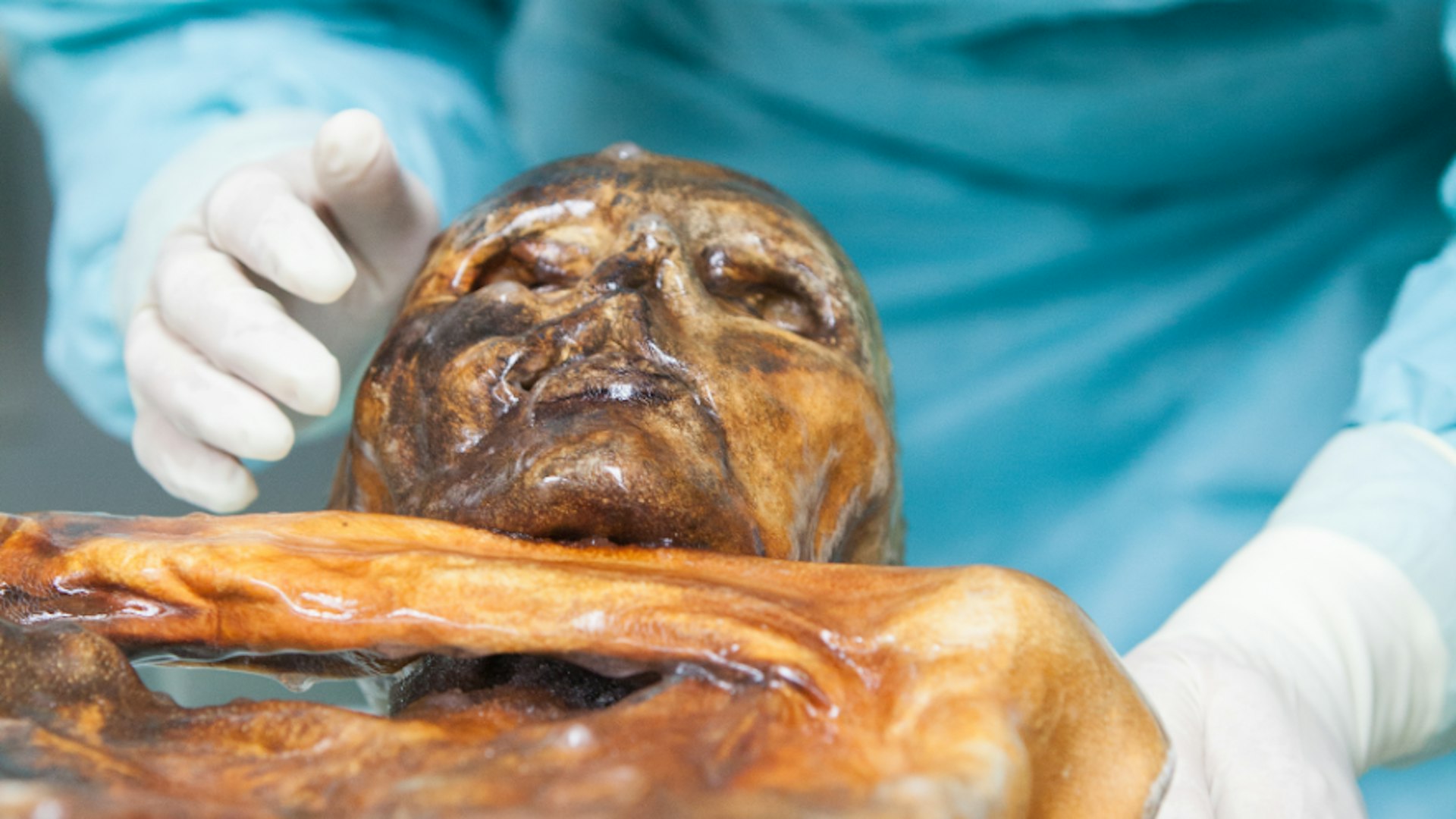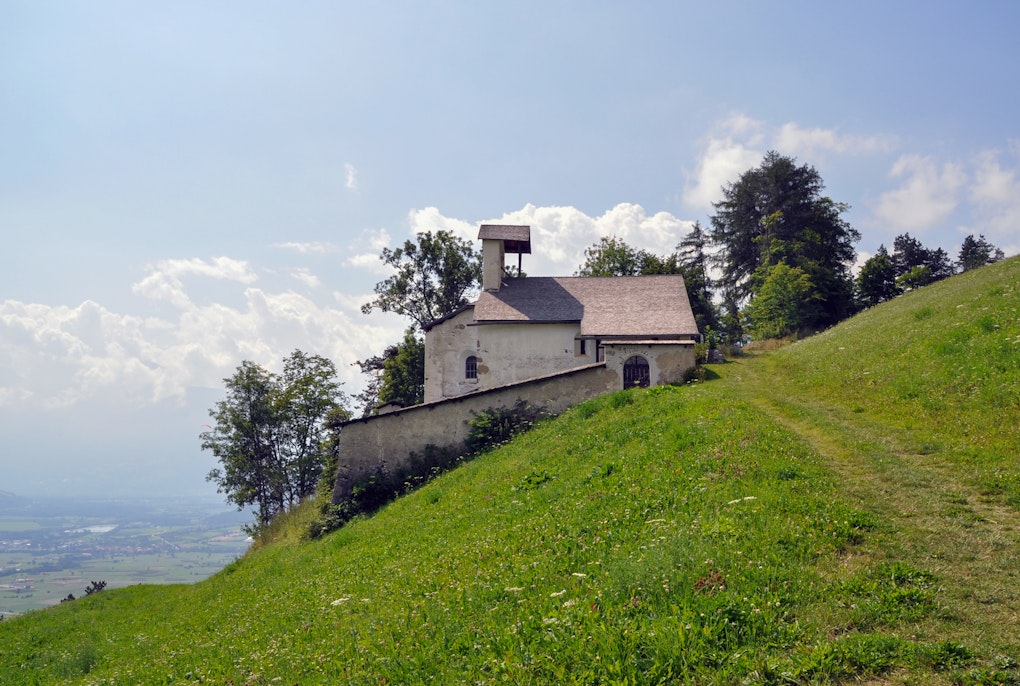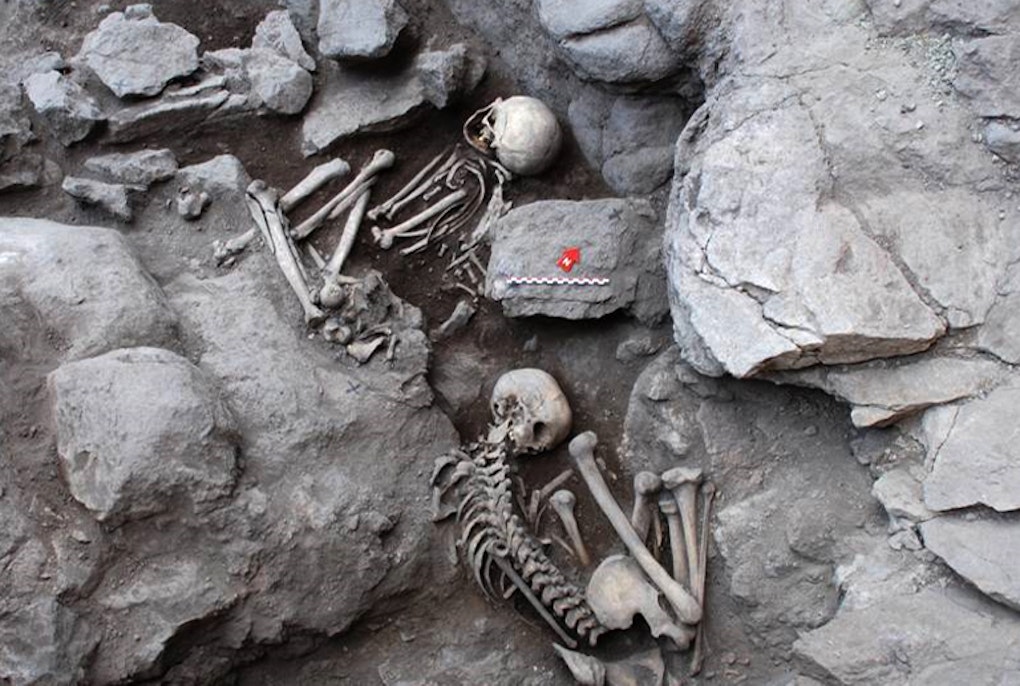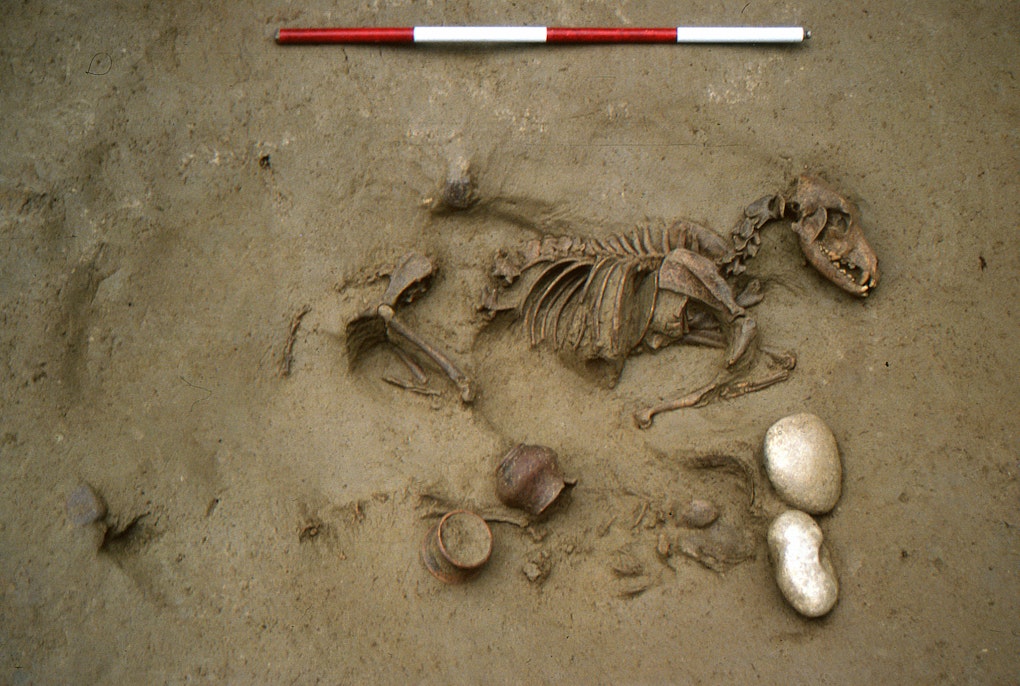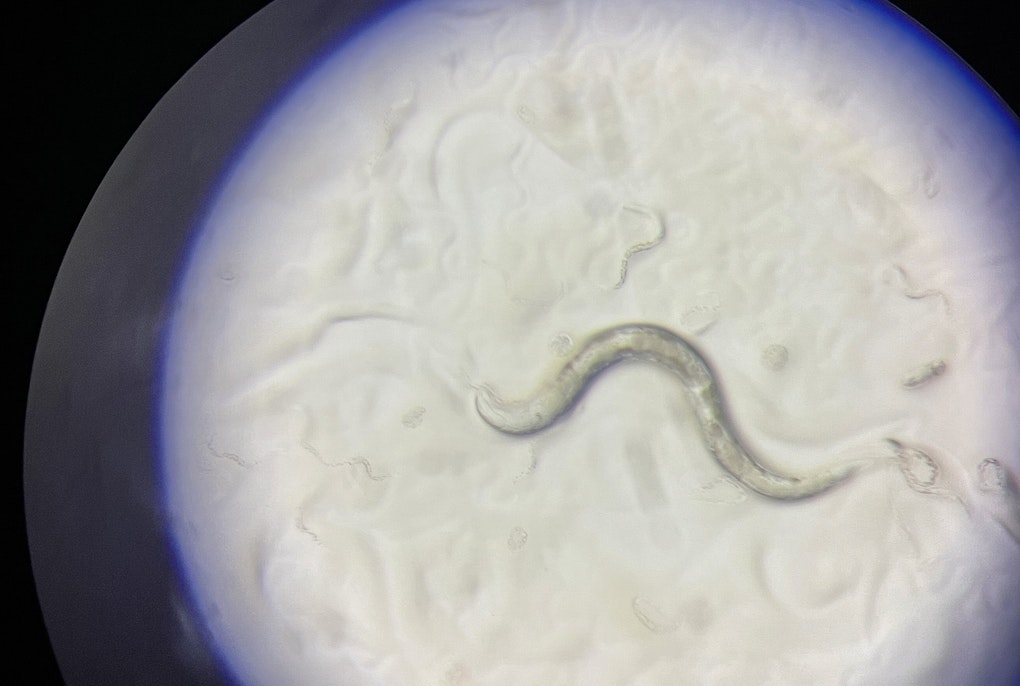magazine_ Article
The presence of the genetic code of Ötzi’s father in modern Europeans was established in early ancient DNA studies on the 5,000-year-old glacial mummy’s Y chromosome. But what happened to Ötzi’s maternal DNA? Biologist Valentina Coia decided to go looking for genetic evidence of the Iceman‘s mother and concluded that—alas—her descendants have long been extinguished.
In the past 25 years or so, the study of the genetic structure of populations has allowed scientists to draw an entirely new map of Europe, one that’s not based on political borders, but on shared mutations in our DNA. And although the Swedes might not be celebrating their Mongolian genes on Swedish National Day yet with Mongol horse races and dumplings deep-fried in mutton fat, for scientists at least, mapping these genetic relationships creates a useful picture of European migration since Neolithic times. It’s careful detective work and its results can shape future biomedical treatments, allowing gene therapies to be tailored to specific populations. But for the biologist Valentina Coia, her sleuthing was about solving a mystery—she wanted to find out if Ötzi’s maternal DNA is still around in modern European populations. “Mitochondrial DNA, or mtDNA, which is passed on only by the mother, is a separate genetic line that has its own history of mutations over time,” explains Coia, “and although studies into the evolution of the Iceman’s mtDNA have been performed, there has been no conclusive evidence that this haplogroup exists in European populations today. Haplogroups are like family genealogy trees of genetic mutations. These alphanumerical ‘family’ names (for example, K1b1b) represent unique DNA. When a geneticist discovers a new mutation, a new haplogroup is formed and the name evolves (for example, K1b1b1).
Stay-at-home Mom
Ötzi’s father’s haplogroup is G2a-L91, which is widely present today throughout the Mediterranean. By comparing Ötzi’s genetic data with data from other European Neolithic samples and data from modern populations, Coia and her team determined that the mitochondrial lineage of the Iceman’s mother, K1f, originated locally in the Alps in a population that did not grow demographically and is now extinct. To determine if K1f was still present in modern European populations, Coia’s team then analysed 1,077 modern mtDNA samples from the K haplogroup. Forty-two participants came from the Alps and had mothers and grandmothers whose origins were confirmed to be from the region. The conclusion: Ötzi’s mtDNA, K1f, is nowhere to be found today (with 95% certainty of less than 0.3% frequency). “During the time of the Iceman,” Coia continues, “Ötzi’s father’s haplogroup G2a had spread throughout Europe and was present at quite high frequencies. By contrast, his mother´s haplogroup K1f was present only in the Alps, and probably at very low frequency.” Later demographic changes that would occur in Europe after 5,000 ybp (years before present) shaped the genetic structure of Europeans by replacing many genetic lineages. Archeological data suggests that K1f was more vulnerable due to its low frequency and the low population density of alpine groups in the Iceman’s territory (the Vinschgau valley) during the Neolithic and Copper Ages (5,450-4,150 ybp). “These demographic changes partially replaced G2a lineage, but ended up being fatal to K1f over time. It simply died out,” Coia concludes.
Ötzi over time
Three maps taken from Coia’s study show Otzi’s genetic parentage as it migrated through Europe, from 8,000 years before present era (BPE) to today.
Going...
During the Early Neolithic Age, Ötzi's maternal line mtDNA (K1) and paternal Y chromosome(G2a) reached Europe from the Nearest East through migrations of Early Neolithic people.
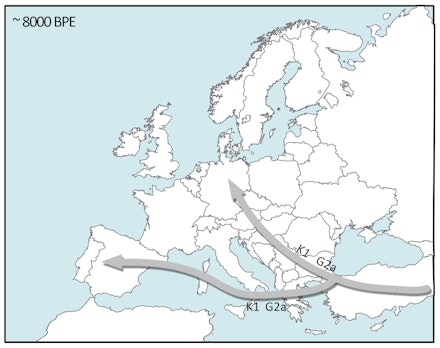
Going...
Later after 5,000 years BPE), K1 (circles) and G2a (rectangles) had spread throughout Europe. Map B shows their relative frequency in the 14 different archeological sites across Europe in which they were found. Ötzi´s G2a haplogroup is the predominant lineage and developed from the Early Neolithic package from the near East (figure A). On the other hand, K1f is present only in the Alps where the Icemanìs lineage originated.
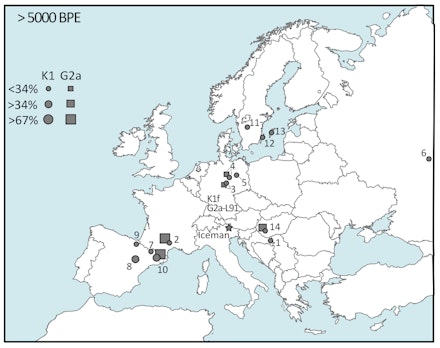
Gone.
While Otzi’s paternal haplogroup G2a-L91 can still be seen in modern day populations, his mother’s K1f has completely disappeared in this map of present day Europe after important demographic changes in Europe. (Of note is the high frequency of G2a-L91 on the islands of Sardinia and Corsica: isolation has maintained a high frequency of the haplogroup there).
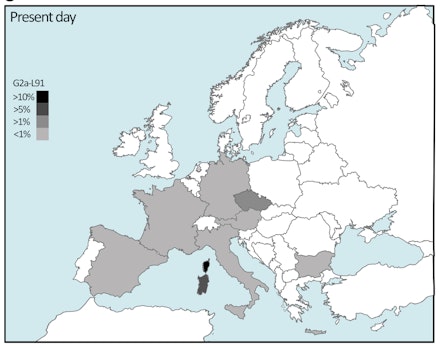
This article by Peter Farbridge was published in July 2016 in the magazine Academia, with the title "Looking for Mommy."

Scientific publication
The article is freely available under: https://www.nature.com/articles/srep18932.
Further publications of Valentina Coia on the BIA.
